Baking With the Saint Paul Bread Club: Obsession Meets Daily Life
Kim Odes Baking With the St. Paul Bread Club is one of the nominees in General Nonfiction for the Minnesota Book Awards. Its testimony to more than baking skill.
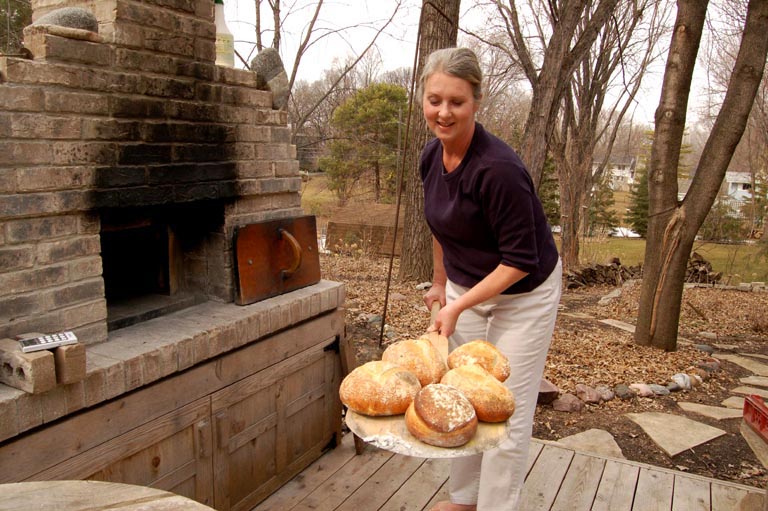
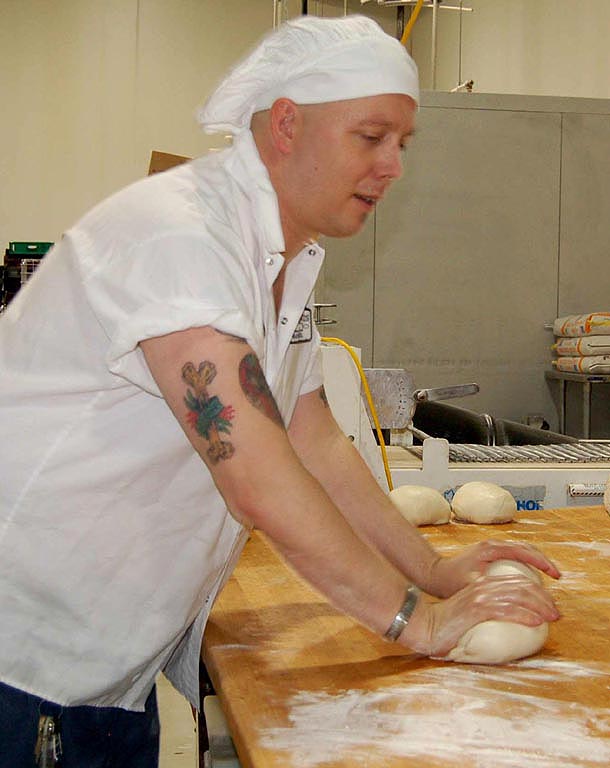
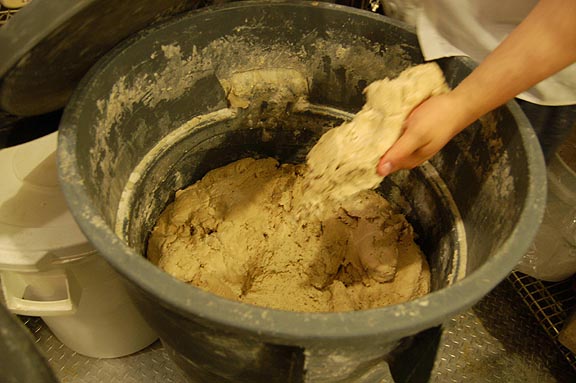
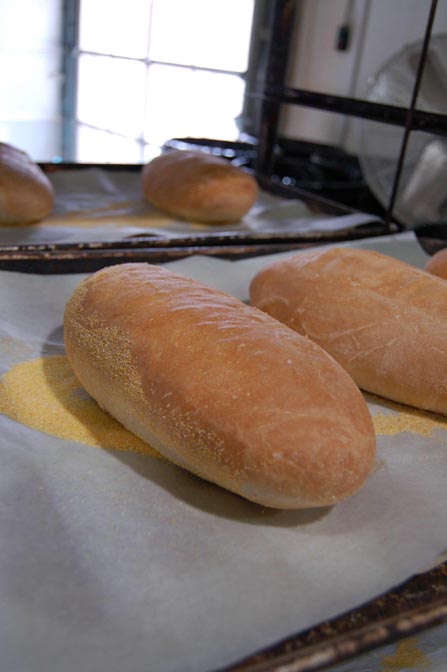
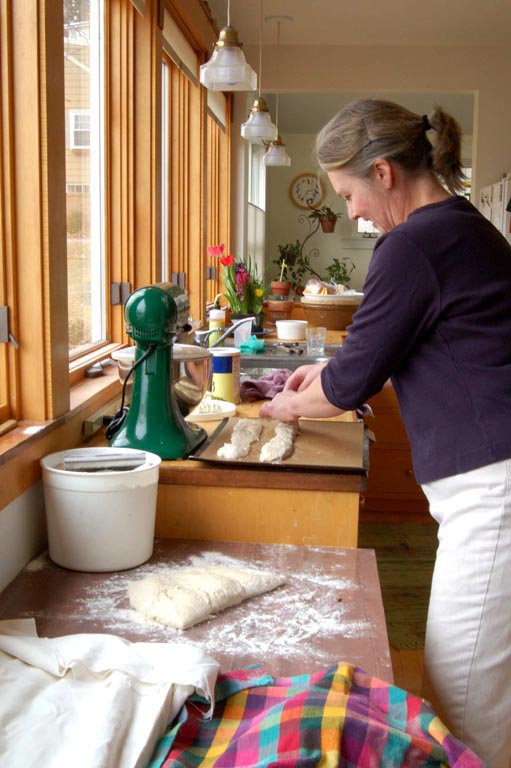
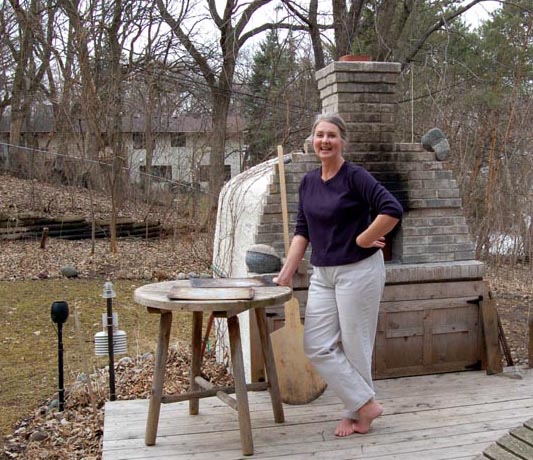
Grain: the ear of wheat. The head of barley. The dangling seeds of oats. These are at the roots of human technology. In the epic tale of Gilgamesh, the oldest human story, 6,000 years old at least, the only man who will live forever, Utnapishtim, bakes bread; Gilgamesh’s guide to find Utnapishtim is a barmaid, a brewer of beer. The final revelation, by most accounts, to the initiates of the ancient Greek Eleusinian Mysteries, was an ear of wheat, a single ear of grain held in the hand. Grain and its magical transformations into bread and beer are central to the human religious experience, from John Barleycorn to Passover matzoth to Communion bread.
Bread, and the living process that creates it, has woven itself into humanness through thousands of years. Now, most of us go to the store and buy a loaf of sliced whatever, or worse, we avoid bread entirely for fear of its adherence to our hips. But we ignore it at our peril—it’s been a connection to the natural and living processes of the world that sustains us for too long.
You think this is over the top? Well, sure it is. But we’ve entered the country of obsession, which is where this story is going.
The Saint Paul Bread Club is doing its best to restore bread to its central cultural position. It’s a rapidly growing association of home bakers who work together to improve their own recipes and popularize the notion of excellent bread made by and for all. One of the nominees for the Minnesota Book Awards is their cookbook, written by Kim Ode. Mnartists.org went to see the two people most responsible for this tome.
Klecko
Klecko is the production manager at the St. Agnes Baking Company in St. Paul, wholesale (and now retail) provider of fine artisan breads to many of the restaurants, coops, farmers markets, and groceries of the city. He’s been a baker for decades, has spent nearly 20 years with the recipes he now uses, and was the founder of the Bread Club. (The story behind his one-word name is wonderful, and long. Read it in the introduction to the cookbook.)
He believes in bread, in the virtues of his sourdough starter, in the power of the leavening and baking process to connect people with what’s central in their lives. He never says this explicitly, but is poetic about what it means to him to “feed the city,” to do it well and honestly with food that delights and teaches.
Much of the visible area of Klecko is covered with colorful tattoos. One was particularly intriguing. On one bicep (his left—ah, the irony!) is a large and very recognizable portrait of Ronald Reagan. Why? Klecko’s wild-rice-shallot sourdough rye was served for the Reagan-Gorbachev summit. Is it absurd to think that that bread’s integrity and sensuality, which are very real, helped remind both men of what was really at stake in politics? Did its union of Russian sourdough rye and American wild rice, blended with the diplomatic French fragrance of shallot, help to unite the two leaders and end the Cold War? Why the hell not?
But seriously. Klecko has been spending time in Russia at the request of the government, teaching traditional Russian baking techniques that he learned from immigrants here. “If you bake, you don’t have to travel the world,” he says. “The world comes to you.” Through the Bakers’ Guild he’s learned traditions from many nations. But now, he says, he sees “the industry . . . becoming more corporate, and skills diminishing. I can’t find good teachers anymore. I’m learning more from the Bread Club now than from Guild members.”
The story of Klecko and the St Agnes Baking Company, and the five Mexican brothers who work with Klecko there, all deserve a much larger canvas, but suffice it to say, they make delicious and beautiful breads for thousands of people, and impart in those breads’ fragrance a gospel that could unite the world. And through the Bread Club, Klecko’s central idea spreads—“If everyone took that one thing that they’re really good at, and shared it, it would change the world.”
Kim Ode
Kim Ode is a features writer for the Minneapolis Star Tribune, but she’s also a baker of great skill and no little obsessive power. She has, in her backyard, a woodfired brick bread oven that she built herself, with some training from the North House Folk School. It weighs about three thousand pounds and can handle a dozen loaves at a time.
On any given Saturday she can be found shuttling between her kitchen and this behemoth with risen loaves of all kinds—rough skinny baguettes, long stately loaves, round boules of sourdough rye given lightness by her liquid starter, which she’s named “Glinda.”
She is the composer of the St Paul Bread Club cookbook. It is in some sense authored by all the baker’s-dozen bakers who have recipes and accounts of themselves in it, but Ode has been the shaper of the volume, its primary writer and editor. She’s approached the task with the keen senses that a good features writer needs. When she writes that she could smell the “kitchen filling with the metallic whiff of a preheating oven,” sense memories of those childhood baking days come rushing in—her writing does that job, both sensual and analytical, of pinpointing the one detail that will release all the others.
The book has other virtues. First, it’s not too long. There are encyclopedic cookbooks like the Joy of Cooking, but they’re for reference, not for reading. The shorter, essayistic cookbook offers cooking as an experience that is integral to the rest of life, and offers tales and history to tie the sensuous world of food to histories personal and cultural.
Next, the recipes are clear and easy to follow, well tested, and none are generic. They’re given to us by the individuals who developed them, and the flavors have the nature of personalities. Also, the book has a glossary and helpful basic advice for non-bakers: it takes its proselytizing seriously. You really can learn to bake using this book.
Ode is not recommending that we all start mortaring brick in our backyards; she’s not a purist. But she does, in this book, make it possible to approach, as near as you’d like, to the heart of making real, good, bread. And there’s even advice on starting your own bread club. What are you waiting for?